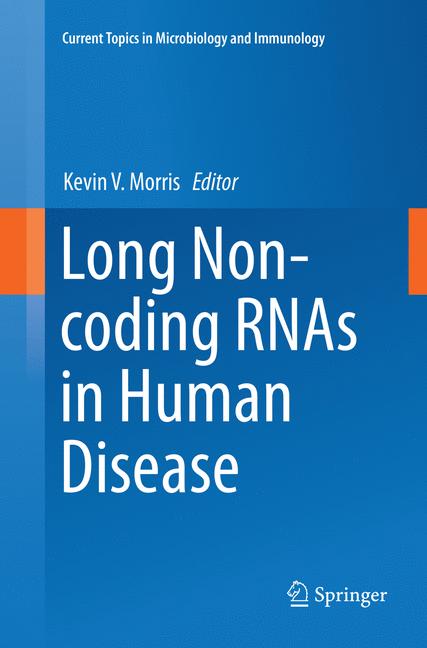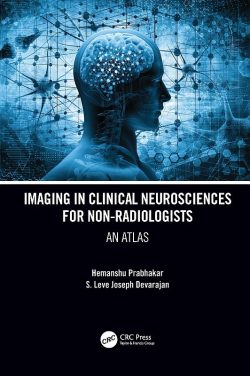This
volume focuses on the roles of long non-coding RNAs (lncRNAs) in contexts
ranging from human cancers to cardiovascular disease and ageing. The role of
lncRNAs in X-inactivation and those lncRNAs derived from pseudogenes, past
retroelements integrated within the human genome, as well as the role these
pseudogene-derived lncRNAs play in cancer development are discussed in detail. Further,
the book examines the function of lncRNAs in diseases such as diabetes, in smooth
muscle formation, and in the modulation of nuclear receptors, as well as in
connection with perspectives
on the development of
personalized therapeutics. It offers an appealing and insightful resource for
scientists and clinicians alike.
Understanding
the Complex Circuitry of lncRNAs at the X-inactivation Center and its
Implications in Disease Conditions.- Long Non-coding RNA ANRIL and Polycomb in
Human Cancers and Cardiovascular Disease.- Form and function of exosome
associated long non-coding RNAs in cancer.- Long Non-coding RNAs in Lung Cancer.-
Pseudogene-expressed RNAs: Emerging roles in gene regulation and disease.- Functional
long non-coding RNAs in vascular smooth muscle cells.- Long Non-coding RNAs as
Targets and Regulators of Nuclear Hormone Receptors.- Non-coding
transcriptional landscape in human aging.- LncRNAs in stress response.- Expression
Specificity of Disease-Associated lncRNAs: towards Personalized Medicine.
Kevin Morris is an Associate Professor at the Department of Molecular and Experimental Medicine, The Scripps Research Institute in La Jolla, CA, USA. The responsible series editor is Peter K. Vogt, The Scripps Research Institute in La Jolla, CA, USA. This volume focuses on the roles of long non-coding RNAs (lncRNAs) in contexts ranging from human cancers to cardiovascular disease and ageing. The role of lncRNAs in X-inactivation and those lncRNAs derived from pseudogenes, past retroelements integrated within the human genome, as well as the role these pseudogene-derived lncRNAs play in cancer development are discussed in detail. Further, the book examines the function of lncRNAs in diseases such as diabetes, in smooth muscle formation, and in the modulation of nuclear receptors, as well as in connection with perspectives on the development of personalized therapeutics. It offers an appealing and insightful resource for scientists and clinicians alike.
Summarizes the tremendous
progress made within the last decade in understanding the roles of lncRNA in
human disease
Bridges the divide between
inferring lncRNA mechanisms and targeting lncRNAs by means of rational
therapeutics
Stresses the vital role of
lncRNA disease mechanisms for a necessary and profound reassessment of
Genome-Wide Association studies in the new era of personalized medicine





